Introduction
Satay sauce, often referred to as “saté sauce” or simply “satay,” is a rich, flavorful condiment that originates from Indonesia and Malaysia. It has become a staple in many Southeast Asian cuisines, particularly in dishes like chicken satay, beef satay, and even vegetarian satay skewers. The sauce’s versatility extends beyond grilled meats, making it a perfect accompaniment for noodles, rice, and various vegetables. Its signature blend of peanuts, spices, and coconut milk creates a creamy, slightly sweet, and slightly spicy taste that is both comforting and exhilarating.
In this comprehensive guide, we will walk you through the process of making authentic satay sauce from scratch. We’ll cover the essential ingredients, step-by-step instructions, tips for customization, and even some serving suggestions to help you elevate your culinary creations. By the end of this article, you’ll be equipped with the knowledge and skills to make a satay sauce that rivals the best street food stalls and restaurants.
Ingredients Overview
Before diving into the recipe, let’s take a closer look at the key ingredients you’ll need to make satay sauce:

- Peanuts: These are the foundation of satay sauce, providing a creamy texture and nutty flavor.
- Coconut Milk: Adds richness and a tropical sweetness to the sauce.
- Spices: A blend of cumin, coriander, turmeric, and red chili peppers (or chili powder) gives the sauce its depth of flavor and a hint of heat.
- Sugar and Molasses: These sweeteners balance out the heat and enhance the overall taste profile.
- Garlic and Shallots: Essential for adding aroma and a savory depth.
- Tamarind Paste: Adds a tangy, slightly sour note that contrasts beautifully with the sweetness and creaminess.
- Lime Juice: Freshens up the sauce and helps to brighten its flavors.
- Salt: To taste, for seasoning.
- Vegetable Oil: For roasting the peanuts and cooking the spices.
Step-by-Step Recipe
Step 1: Prepare the Peanuts
Begin by preheating your oven to 350°F (175°C). Spread raw, unsalted peanuts on a baking sheet in a single layer and roast them for about 10-15 minutes, stirring occasionally until they are golden brown and fragrant. Alternatively, you can use a dry skillet over medium heat to toast the peanuts, shaking the pan frequently to prevent burning. Once done, let the peanuts cool slightly, then transfer them to a food processor or blender. Pulse until you achieve a coarse, sandy texture. Be careful not to over-blend, as you want some texture to remain.
Step 2: Toast the Spices
In a medium saucepan, heat about 2 tablespoons of vegetable oil over medium heat. Add whole cumin seeds, coriander seeds, and a small piece of turmeric (peeled and grated, or use turmeric powder if whole seeds are unavailable). Toast the spices until they become fragrant, about 1-2 minutes. Be careful not to burn them, as this will make the sauce bitter. Remove from heat and let them cool slightly.
Step 3: Blend the Aromatics
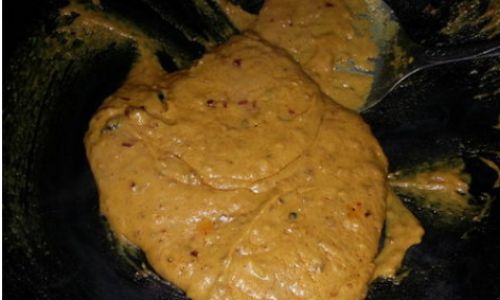
While the spices are cooling, peel and roughly chop 4-5 cloves of garlic and 2-3 shallots. Add these to the food processor with the roasted peanuts. Blend until you have a smooth paste. If the mixture is too thick to blend, you can add a little vegetable oil to help it along.
Step 4: Cook the Sauce Base
In the same saucepan you used to toast the spices, add another tablespoon of vegetable oil. Once hot, add the blended peanut-aromatic mixture and cook over medium heat, stirring constantly to prevent sticking. Cook for about 5 minutes, until the mixture is fragrant and slightly darkened in color.
Step 5: Add Coconut Milk and Seasonings
Pour in a can (about 14 ounces or 400 milliliters) of full-fat coconut milk. Stir well to combine. Add 1-2 tablespoons of sugar, 1 teaspoon of molasses, 1-2 teaspoons of tamarind paste (or to taste), and 1/2 to 1 teaspoon of red chili pepper flakes or chili powder (adjust according to your preference for heat). If using whole red chilies, soak them in hot water for 10 minutes to soften, then remove the seeds and blend them with a little water before adding to the sauce.
Step 6: Simmer and Season
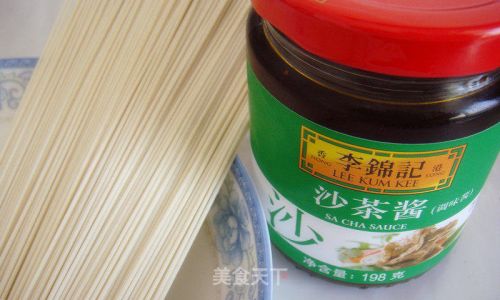
Bring the mixture to a gentle simmer, then reduce the heat to low. Let it simmer for about 20-30 minutes, stirring occasionally, until the sauce has thickened slightly and the flavors have melded together. Taste and adjust the seasoning with salt, sugar, tamarind paste, and chili powder as needed. If the sauce is too thick, you can add a little more coconut milk or water to reach your desired consistency.
Step 7: Finish with Lime Juice
Remove the sauce from heat and stir in the juice of 1-2 limes. This will help to brighten the flavors and add a refreshing note to the sauce. Let it cool slightly before serving.
Tips for Customization
- Protein Variations: For a richer, more indulgent sauce, you can replace half of the peanuts with cashews or macadamia nuts.
- Heat Levels: Adjust the chili content according to your taste preferences. For a milder sauce, reduce the amount of chili peppers or use sweet paprika instead.
- Herbs and Aromatics: Add fresh herbs like cilantro, mint, or kaffir lime leaves during the final stages of cooking for an extra layer of flavor.
- Texture Preferences: If you prefer a smoother sauce, blend the final mixture until completely smooth. For a chunkier texture, blend less or leave some of the peanut mixture coarse.
- Storage: Store leftover satay sauce in an airtight container in the refrigerator for up to a week. It can also be frozen for longer storage.
Serving Suggestions
Satay sauce is incredibly versatile and can be used in various ways:
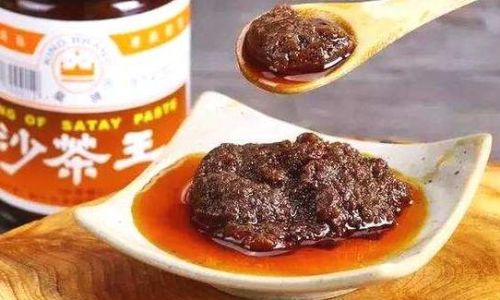
- Grilled Meats and Vegetables: Serve it as a dipping sauce or basting marinade for grilled chicken, beef, pork, tofu, or vegetables like bell peppers, onions, and mushrooms.
- Noodles and Rice: Toss it with your favorite noodles, such as udon, soba, or rice noodles, or drizzle it over steamed rice for a flavorful side dish.
- Salads: Use it as a dressing for salads featuring tropical fruits like mango, pineapple, and papaya, along with greens and nuts.
- Wraps and Sandwiches: Spread it on wraps, sandwiches, or burgers for a unique flavor twist.
- Soups and Stews: Add a splash to your favorite soups or stews for a creamy, nutty finish.
Conclusion
Making satay sauce from scratch may seem like a daunting task, but with the right ingredients and a bit of patience, you can create a delicious, authentic version that will elevate your dishes to new heights. The beauty of this recipe lies in its adaptability—whether you prefer a sweeter, milder sauce or a spicy, tangy one, the ingredients and techniques provided here offer a solid foundation for customization.
Remember, the key to a successful satay sauce is balance—balancing the sweetness, heat, tang, and creaminess to create a harmonious flavor profile. With practice, you’ll develop your own unique version of this beloved Southeast Asian condiment. So, gather your ingredients, fire up the stove, and embark on a culinary journey that will take you from the kitchen to the streets of Indonesia and Malaysia, one savory, creamy bite at a time. Enjoy your cooking, and bon appétit!

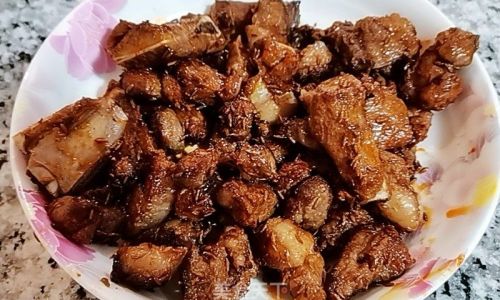
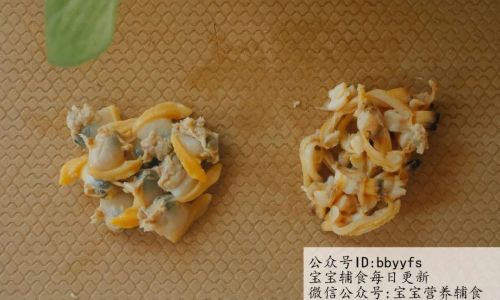
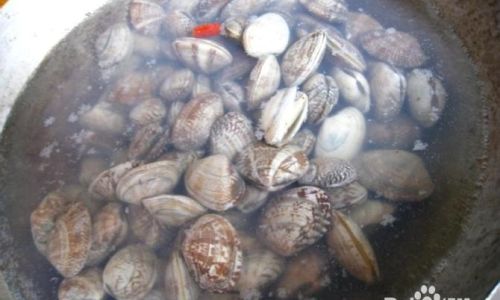
0 comments